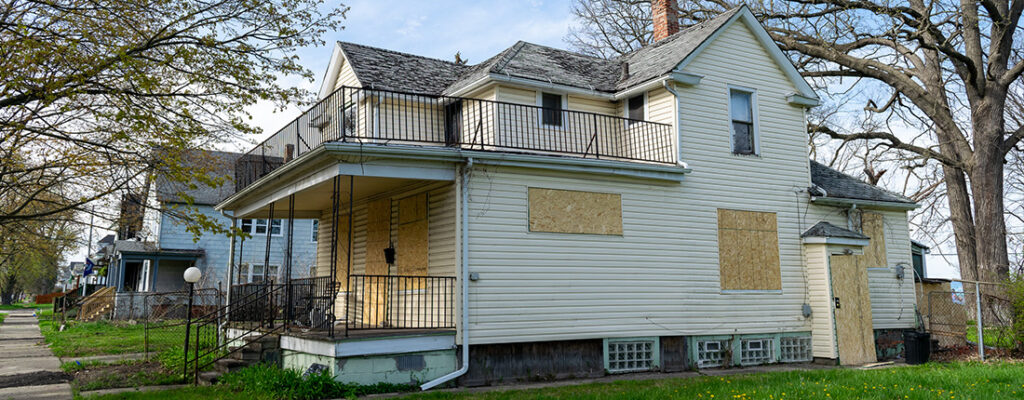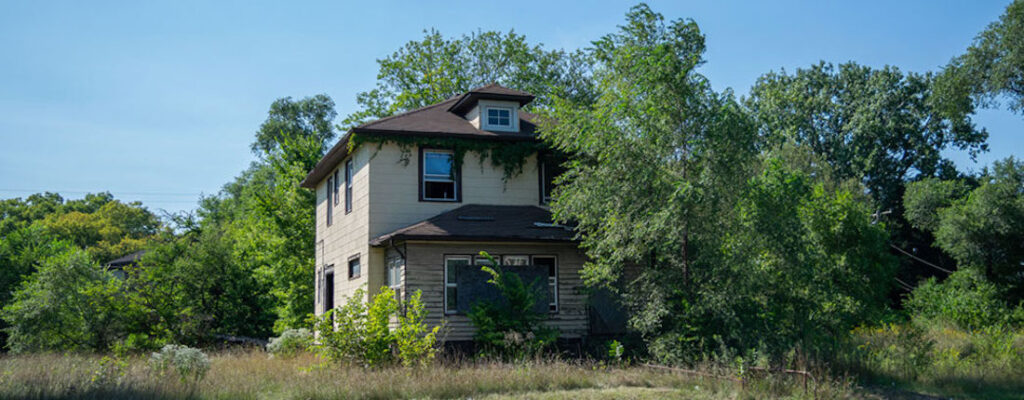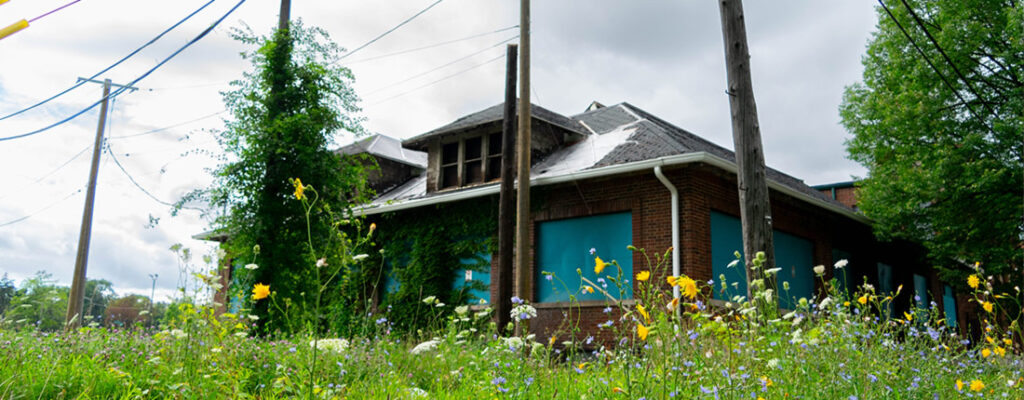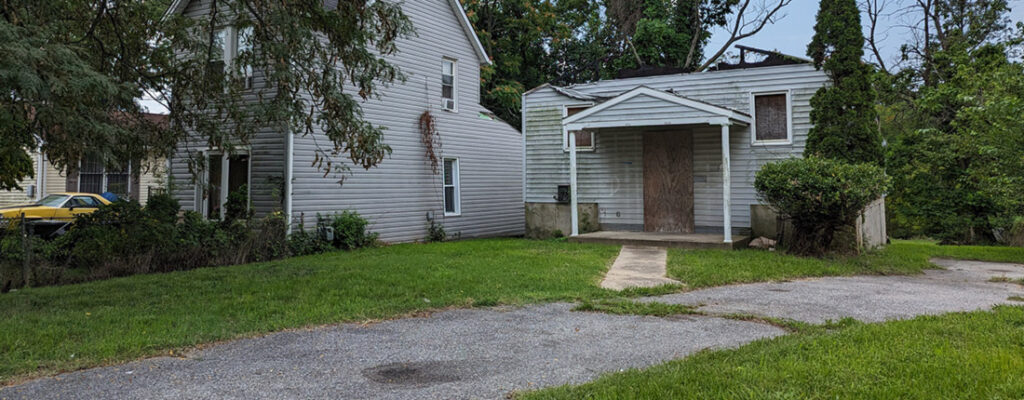Blog
Equitable Revitalization
Urban school districts are seeing schools close due to population declines, the buildings’ age, and other factors. The trend is particularly pronounced in cities that have faced the decline of large industry and subsequent hard times. Elaborate, sometimes multi-structure facilities once cherished as neighborhood centers – built to provide thousands…
Read More »Originally posted on the National Housing Institute’s Rooflines blog At a conference I attended last week, one of the speakers, a colleague whose judgment and knowledge I respect, offered his take on the future of urban single family neighborhoods. The lower income families who have the credit and can get…
Read More »This article was originally published in the Summer 2014 issue of Breaking Ground, our quarterly newsletter. To receive Breaking Ground in your inbox, please join our email list. It might go without saying, but the City of Flint in 2014 is very different from the Flint of 1960. Decades of…
Read More »It might not be immediately obvious, but in the rubble and decay of vacant, dilapidated properties — those that are so far deteriorated, they’ve been slated for demolition — there is much value to be found. That’s where deconstruction comes into the picture. Deconstruction is the process of salvaging the…
Read More »Originally posted on the National Housing Institute’s Rooflines blog Youngstown is a small city in the hills of northeast Ohio, once famous for steelmaking; and sadly, if famous for anything today, for economic distress and population loss. From a peak population of about 175, 000, it’s down today to maybe…
Read More »Originally posted on Legacy Cities by American Assembly Most research on revitalizing neighborhoods views them as instances of “gentrification,” the movement of young, often single, professionals into low-income, heavily minority, neighborhoods near urban employment centers. The dominant view in the literature is that low-income and minority residents are pushed out by…
Read More »Originally posted on the National Housing Institute’s Rooflines blog This past fall, the Washington Post ran a series called “The March of the Millennials” about how this generation is changing Washington D.C. For those of you who have been out of the loop for the last few years, ‘millennials’ or the ‘millennial…
Read More »I finally got to see Detropia last week, the acclaimed documentary filmed in Detroit that’s been making the rounds of the film festivals and the indie houses. As someone who’s pretty deeply involved with Detroit, I’d been looking forward to seeing it. It turns out that it’s not really about that city at all. What Detropia’s…
Read More »Cross-posted from Next City, this article is part of the 2013 Reclaiming Vacant Properties Conference liveblog series. Check out all the in-depth content — even if you weren’t able to join us in Philadelphia from September 9-11, 2013, you’ll feel like you did! Zach Patten of Curbed Philly contributed to this story. The Reclaiming Vacant…
Read More »In an exciting development, the U.S. Treasury Department announced last week that Michigan may use up to $100 Million—or 20%—of its Hardest Hit Fund (HHF) allocation for strategic demolition of vacant properties. Part of the Troubled Asset Relief Program (TARP), the HHF was created in 2010 to stabilize housing markets…
Read More »- « Previous
- 1
- …
- 4
- 5
- 6










